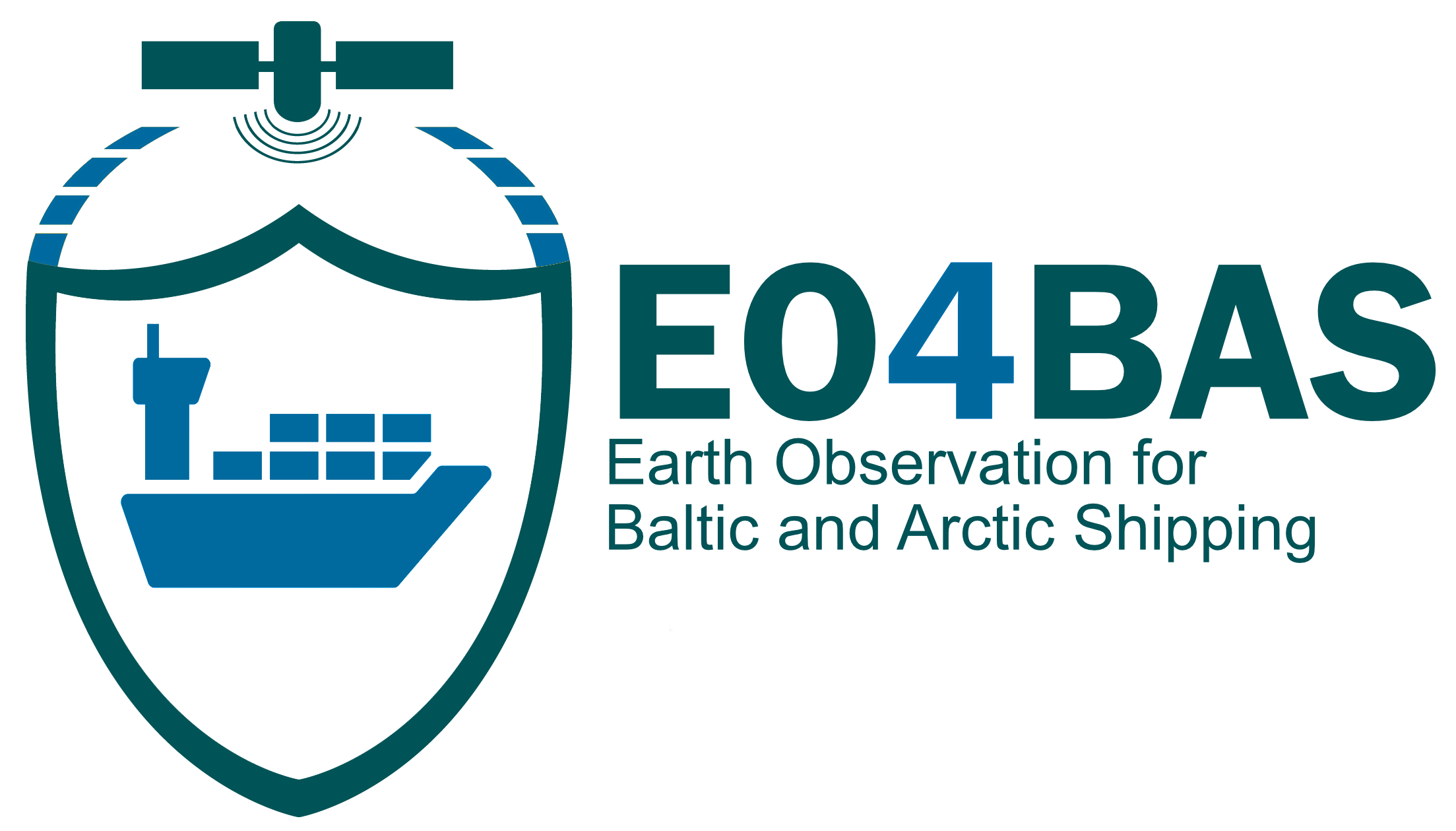The objective of this project is to establish current information needs and best practices for the use of Earth Observation based products and services within the Baltic and Arctic shipping sector.
The project involves key partners and stakeholders from the Maritime and EO sectors. The partners and stakeholders will be involved in interviews, workshops, and user meetings to collect their geoinformation needs for current and future use of satellite EO data. This will allow mapping of requirements from the Arctic and Baltic shipping sector for EO products and services.
During the project current and future EO data, methods and derived information will be under scrutinization to identify technologies that are currently available and suitable, currently available but not utilised and future suitable technologies to fulfil the needs recognized for various shipping business processes in the Arctic and Baltic areas.
Project implementation: The project will be led by Janne Valkonen and Barbara Scarnato (PMs), DNV AS, to ensure redundancy that can be leveraged in critical times (sickness, vacation, etc.). They will coordinate the activities, ensure timely exchange of information between all the parties, organize regular project meetings, and perform the administrative reporting tasks.
Project work packages: The project is split into activities (work packages) with well-defined deliverables, inputs and outputs. The duration of project is 18 months. Below the activities and associated milestones defined by deliverable (D) are described.
The objective of this project is to establish current information needs and best practices for the use of Earth Observation based products and services within the Baltic and Arctic shipping sector.
The project involves key partners and stakeholders from the Maritime and EO sectors. The partners and stakeholders will be involved in interviews, workshops, and user meetings to collect their geoinformation needs for current and future use of satellite EO data. This will allow mapping of requirements from the Arctic and Baltic shipping sector for EO products and services.
During the project current and future EO data, methods and derived information will be under scrutinization to identify technologies that are currently available and suitable, currently available but not utilised and future suitable technologies to fulfil the needs recognized for various shipping business processes in the Arctic and Baltic areas.
Project implementation: The project will be led by Janne Valkonen and Barbara Scarnato (PMs), DNV AS, to ensure redundancy that can be leveraged in critical times (sickness, vacation, etc.). They will coordinate the activities, ensure timely exchange of information between all the parties, organize regular project meetings, and perform the administrative reporting tasks.
Project work packages: The project is split into activities (work packages) with well-defined deliverables, inputs and outputs. The duration of project is 18 months. Below the activities and associated milestones defined by deliverable (D) are described.
PROJECT: EARTH OBSERVATIONS FOR BALTIC AND ARCTIC SHIPPING EO4BAS WP 1 |
WP Title: Collection of geoinformation requirements and associated constraints Start Event: Project kick-off Meeting (06.03.2023) Planned Date: Week 6, 2023 (T0) |
Inputs: Tasks: • Establish a working area on the EARSC portal to facilitate the review of requirements with relevant actors from the concerned industry Outputs: • D1.1: Workshop 1 Report |

This page has no comments.